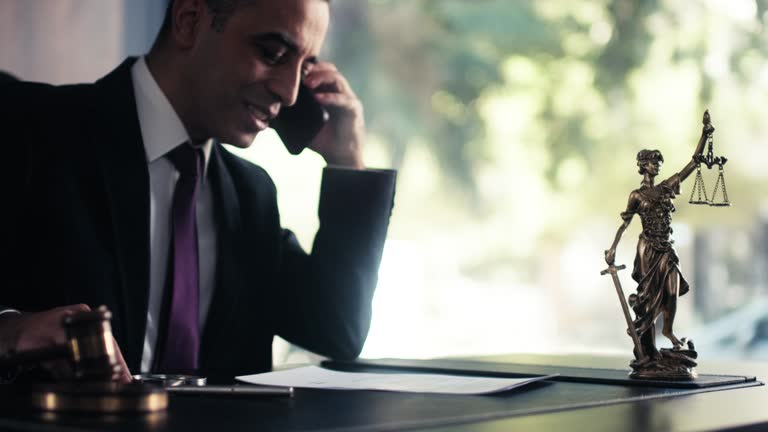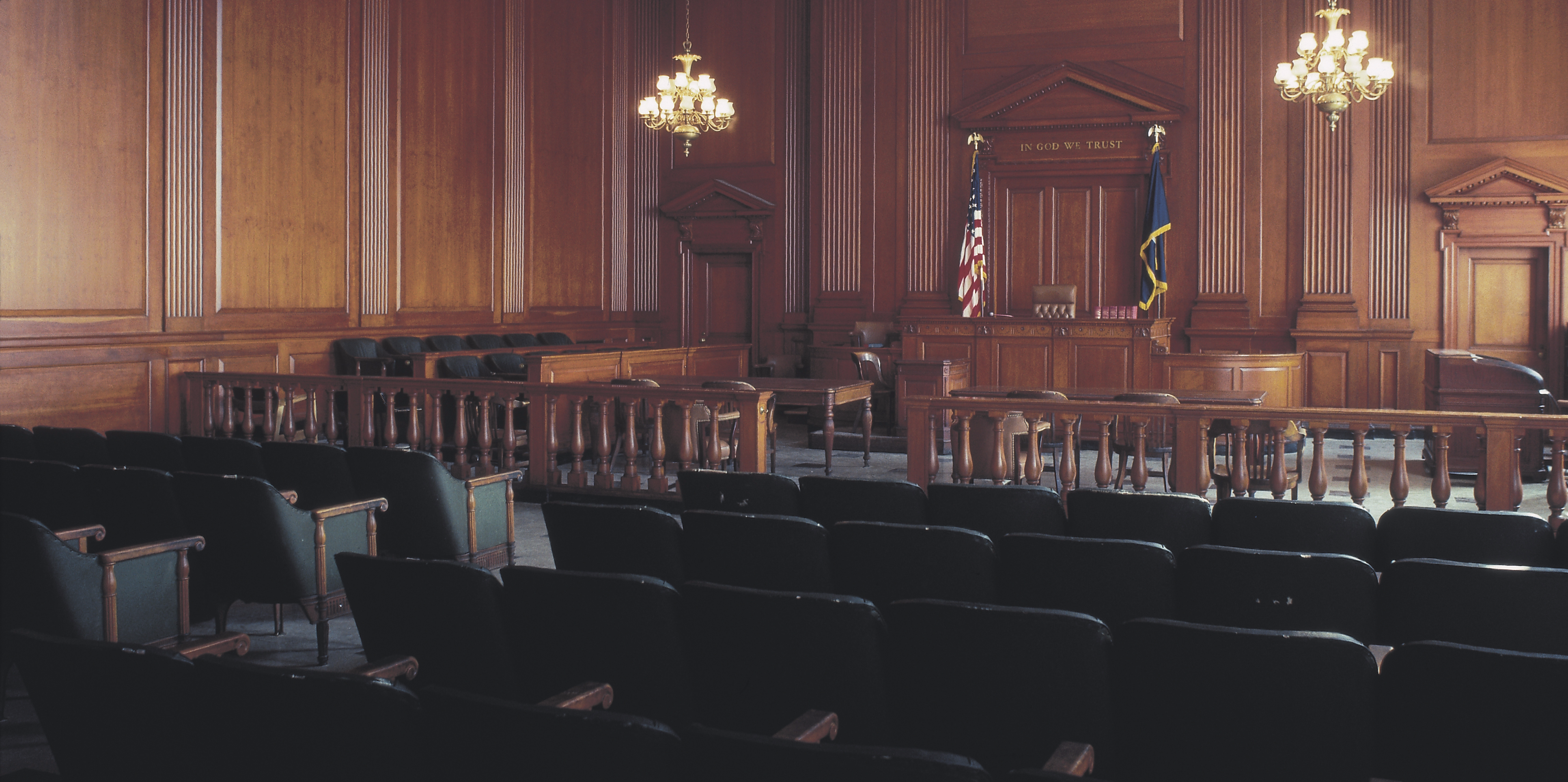Frequently asked questions about expert legal video for attorneys
Devices and ToolsQuality legal video production relies greatly on specific devices and devices designed to catch, edit, and supply clear and efficient visual proof. Necessary components consist of high-def electronic cameras that guarantee crisp picture high quality, in addition to microphones that record sound with quality, minimizing history sound. Tripods and stablizing systems enhance the steadiness of video footage, significant for keeping customer focus. Lights devices is also essential, as it assists brighten subjects efficiently, reducing darkness and improving presence. Additionally, mobile recording devices are commonly utilized for depositions and interviews, ensuring flexibility in different setups. Ultimately, the ideal combination of these devices not just promotes accurate documents however also sustains convincing presentations in the court room, enhancing the integrity of the legal procedure.
Video Editing And Enhancing Techniques
Effective legal video production prolongs past catching premium video; it additionally incorporates innovative editing strategies that enhance the presentation of aesthetic proof. One key strategy involves the mindful selection of appropriate clips that best sustain the situation story. Editors commonly use changes, such as fades and cuts, to keep viewer involvement while guaranteeing a rational flow of details. Shade correction and audio balancing are crucial for quality, enabling jurors to focus on the web content without interruptions. In addition, message overlays can highlight crucial points or offer context, making complex info extra obtainable. expert legal video. By employing these editing and enhancing techniques, legal video experts develop compelling aesthetic aids that properly communicate the essence of the situation, eventually serving to reinforce the disagreements offered in the court room
Presentation Styles Clarified
While numerous presentation styles exist, each serves an unique objective in the domain of legal video production. Typical layouts include depositions, test discussions, and video displays. Depositions commonly record witness testimonies, guaranteeing a trustworthy document for future reference. Test discussions use modified video sectors to succinctly share crucial points, typically improved with graphics and comments for clarity. Video displays work as visual aids, giving jurors with context and reinforcing crucial arguments. Each format depends on innovative modern technology, consisting of high-quality cameras and editing and enhancing software program, to ensure clearness and expertise. By choosing the suitable format, legal teams can efficiently interact their story, facilitating a much more appealing courtroom experience that sustains their instance goals.
Finest Practices for Capturing Legal Video
Catching high-grade legal video requires careful consideration of tools option and configuration, making sure optimal lighting and audio top quality. Efficient editing and post-production techniques also play an essential duty in offering the end product plainly and professionally. These best methods are vital for preserving the integrity and performance of legal video paperwork.
Equipment Choice and Arrangement
Picking the appropriate tools for legal video production is important for making sure top notch video that meets legal requirements. Experts commonly go with high-definition cams with the ability of catching clear, thorough photos. Tripods are essential for security, avoiding unstable footage that can undermine the discussion. In addition, using multiple video camera angles can boost the story by offering varied perspectives. It is additionally advisable to have backup recording devices to avoid data loss. Storage space remedies have to be reputable and sufficient to fit huge video files. When picking tools, transportability is very important, as legal setups can differ in size and area. Lastly, video codecs should be suitable with editing and enhancing software application to facilitate smooth post-production procedures.
Illumination and Noise High Quality
Reliable lights and sound top quality are crucial parts in the production of legal video, as they greatly affect the clarity and professionalism and trust of the final product. To attain optimal lighting, it is very important to utilize soft, diffused light resources that lessen extreme shadows and prevent glow. Placement lights purposefully to light up topics evenly, guaranteeing all faces and details show up. Regarding sound, making use of high-grade microphones is crucial; lavalier mics are frequently chosen for their capability to capture discussion plainly while decreasing background noise. Furthermore, monitoring ambient sound degrees throughout recording can assist preserve audio consistency. By adhering to see it here these best methods, lawyers can improve the effectiveness of their video presentations, ensuring they convey the intended message with accuracy.
Editing And Enhancing and Post-Production Techniques
After ensuring perfect lighting and sound quality, the following phase in creating legal video includes precise modifying and post-production techniques. This phase is necessary for improving the quality and professionalism and reliability of the final item. It usually consists of reducing unneeded video, fixing color variances, and adjusting audio levels to guarantee crisp audio quality. Integrating graphics, such as titles or annotations, can help stress key factors and provide context. Additionally, smooth shifts in between segments add to a coherent narrative circulation. Legal video editors must additionally bear in mind compliance with legal criteria and privacy factors to consider, ensuring that sensitive info is dealt with appropriately. Inevitably, reliable modifying and post-production elevate the high quality of legal discussions, making them more impactful in the courtroom.
Integrating Legal Video Into Trial Technique
Including legal video right into test method can considerably improve the presentation of proof and narratives in the court. By efficiently using video, attorneys can offer visual context that strengthens their disagreements and assists jurors understand intricate info quicker. Legal videos can include witness testaments, reenactments, or aesthetic proof that sustains the case, producing a compelling story that resonates with the audience.
Integrating legal video enables for strategic pacing during a test. Attorneys can select when to offer video evidence to maximize its effect, helping to maintain juror involvement and focus. Furthermore, using legal video can facilitate clear communication of crucial points, making sure that vital aspects of the instance are not ignored. Generally, incorporating video components thoughtfully into test strategy can substantially influence the jury's understanding and understanding, possibly guiding the outcome in support of the providing event.
Enhancing Jury Involvement With Legal Video
Jurors often face details overload during trials, boosting their interaction through legal video can substantially enhance their emphasis and understanding. Legal video offers as a vibrant tool that transforms complicated info right into absorbable visual stories. By including video discussions, lawyers can effectively highlight key evidence, witness testaments, and situation timelines, making the material a lot more relatable and simpler to understand.
Visual elements record jurors' interest, enabling them to take in details better than with verbal descriptions alone. In addition, the use of top notch legal video can stimulate emotional feedbacks, cultivating a deeper connection to the case. This emotional engagement can significantly influence jurors' understandings and decision-making processes.
Inevitably, legal video not only clarifies elaborate information however likewise enhances the overarching motifs of a test, making sure that jurors continue to be engaged and informed throughout the procedures. As a result, it becomes a crucial possession in modern court presentations.
Case Studies: Effective Use Legal Video in Trials
As attorneys progressively acknowledge the effect of aesthetic storytelling, numerous study highlight the successful application of legal video in trials. One notable instance website here involved an accident lawsuit where video depositions more information of witnesses substantially improved the court's understanding of the occurrence. The vivid images and emotional testimonies created a compelling narrative that affected the jurors' assumptions.
In an additional circumstances, a criminal trial used surveillance footage to rebuild the occasions leading up to a break-in (expert legal video). The video proof made clear incongruities in witness testaments, inevitably guiding the jury's decision toward a sentence
A company litigation situation showcased the tactical usage of animations to describe complex financial transactions, allowing jurors to comprehend intricate details effortlessly. These instances highlight exactly how legal video not just help in presenting proof however additionally enhances general involvement, leading to a lot more informed court considerations and outcomes in numerous legal contexts.
Regularly Asked Questions

How Is Legal Video Different From Traditional Video Recording?
Legal video varies from typical video recording in its objective and adherence to specific legal standards. It focuses on quality, information, and appropriate documents, ensuring that the video is appropriate for use in legal process.
What Are the Prices Related To Legal Video Production?
The expenses connected with legal video production differ extensively, affected by aspects such as tools top quality, editing and enhancing complexity, and the production group's know-how. Additional costs might include place fees and post-production solutions for ideal discussion.
Can Legal Video Be Made Use Of in Appellate Courts?
Legal video can be used in appellate courts, largely as a device for showing trial procedures. Its admissibility depends on jurisdictional policies and whether it serves to clear up the record or procedural concerns.
What Are the Legal Demands for Making Use Of Video in Court?

The legal requirements for utilizing video in court normally include adherence to policies of evidence, appropriate verification, ensuring relevance, and compliance with jurisdictional regulations. These factors assure the honesty and reliability of the video evidence presented.
How Do I Choose a Lawful Video Company?
Choosing a lawful video service provider involves reviewing experience, innovation, and credibility. Consider elements such as certification, client endorsements, and schedule to ensure the supplier meets details legal needs and enhances courtroom effectiveness.